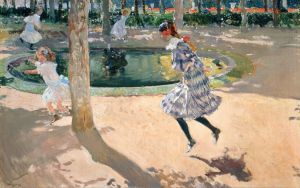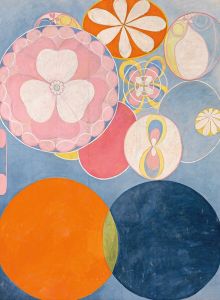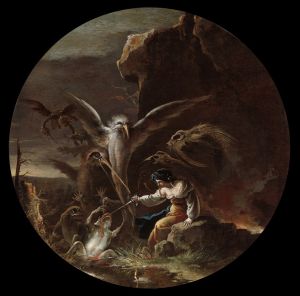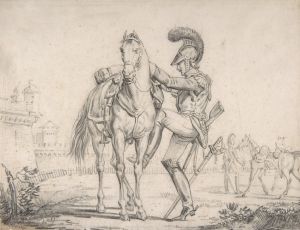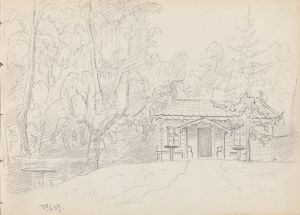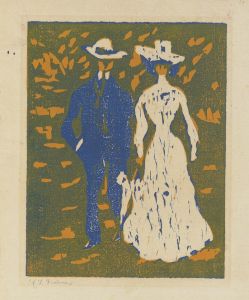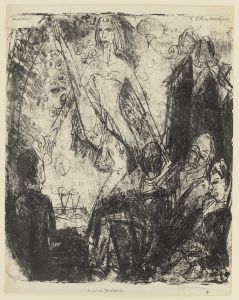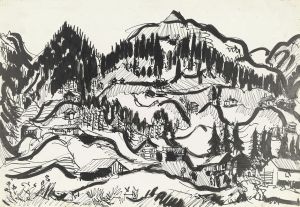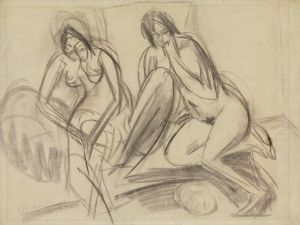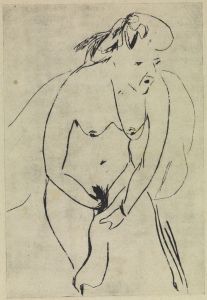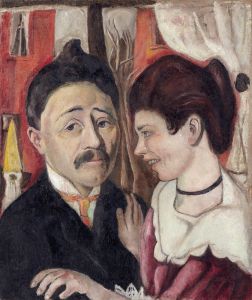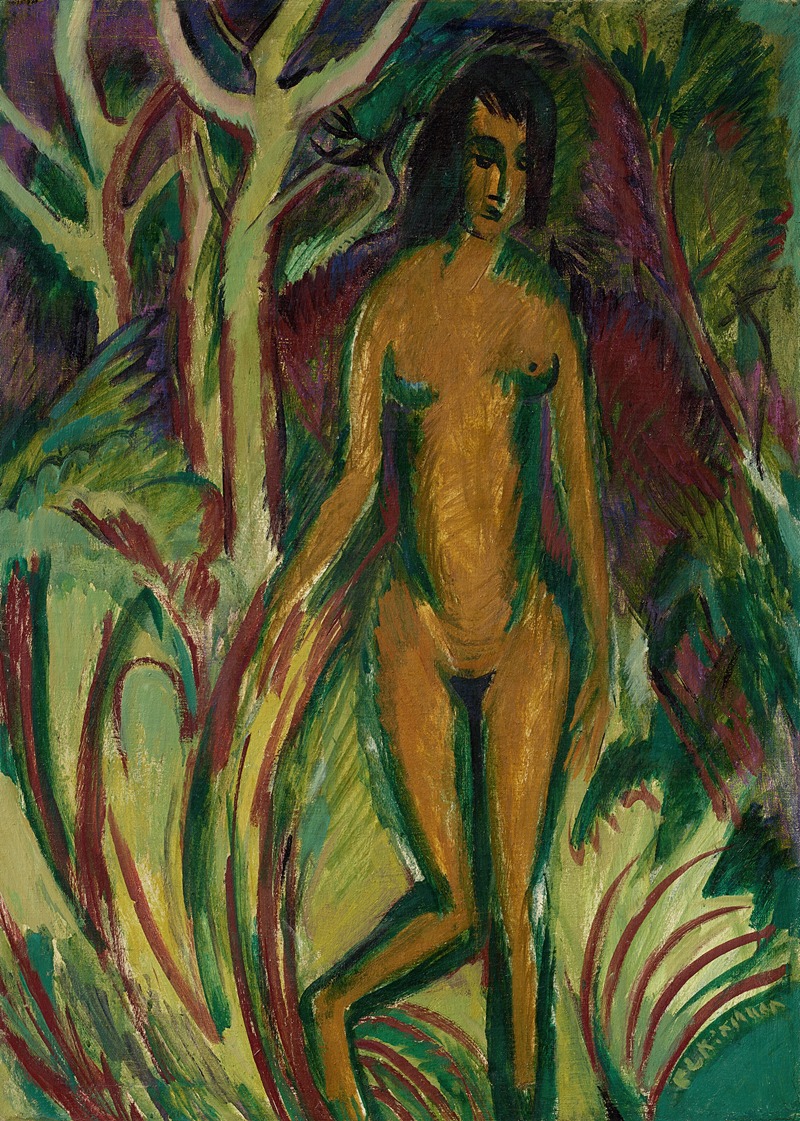
Aus dem Wald schreitender Akt
A hand-painted replica of Ernst Ludwig Kirchner’s masterpiece Aus dem Wald schreitender Akt, meticulously crafted by professional artists to capture the true essence of the original. Each piece is created with museum-quality canvas and rare mineral pigments, carefully painted by experienced artists with delicate brushstrokes and rich, layered colors to perfectly recreate the texture of the original artwork. Unlike machine-printed reproductions, this hand-painted version brings the painting to life, infused with the artist’s emotions and skill in every stroke. Whether for personal collection or home decoration, it instantly elevates the artistic atmosphere of any space.
Ernst Ludwig Kirchner's Aus dem Wald schreitender Akt (translated as Nude Emerging from the Forest) is a painting created by the German Expressionist artist in 1914. Kirchner, a founding member of the influential art movement Die Brücke (The Bridge), is known for his bold use of color, dynamic compositions, and exploration of the human figure. This particular work exemplifies his interest in the raw, primal energy of nature and the human form, themes central to the Expressionist movement.
The painting depicts a nude female figure stepping out of a forested background. The figure is rendered in Kirchner's characteristic angular and elongated style, with exaggerated proportions that emphasize movement and emotion rather than anatomical accuracy. The forest setting is stylized with sharp, jagged forms and vibrant, non-naturalistic colors, creating a sense of tension and vitality. The interplay between the figure and the environment reflects Kirchner's fascination with the relationship between humanity and nature, a recurring motif in his work.
Aus dem Wald schreitender Akt was created during a pivotal period in Kirchner's career. By 1914, he had moved away from the earlier influences of Impressionism and Post-Impressionism, fully embracing the expressive potential of distortion and abstraction. This period also marked the dissolution of Die Brücke in 1913, after which Kirchner continued to develop his individual artistic voice. The painting reflects his mature style, characterized by a heightened emotional intensity and a focus on psychological depth.
The work is also significant in the context of the broader cultural and historical environment of pre-World War I Germany. Expressionist artists like Kirchner sought to challenge traditional artistic conventions and respond to the rapid industrialization and urbanization of the early 20th century. By depicting a nude figure in a natural setting, Kirchner may have been exploring themes of liberation and a return to a more primal, unmediated existence, though such interpretations remain speculative.
The painting is part of Kirchner's larger body of work that often featured nudes, a subject he approached with a mix of sensuality and existential inquiry. His treatment of the human figure was deeply influenced by non-Western art, particularly African and Oceanic sculptures, which he admired for their perceived authenticity and directness.
Today, Aus dem Wald schreitender Akt is recognized as an important example of Kirchner's contribution to modern art and the Expressionist movement. The painting is held in a private collection and is occasionally exhibited in retrospectives of Kirchner's work or Expressionist art.





